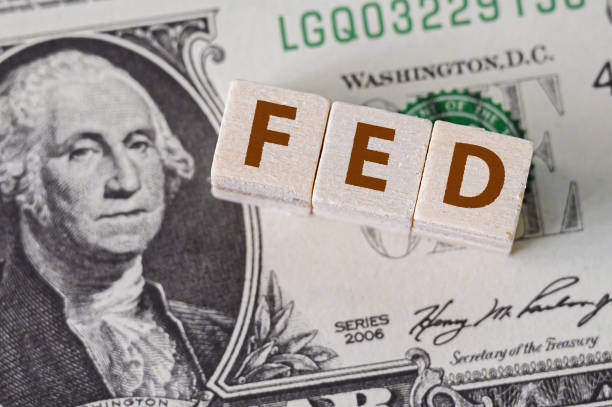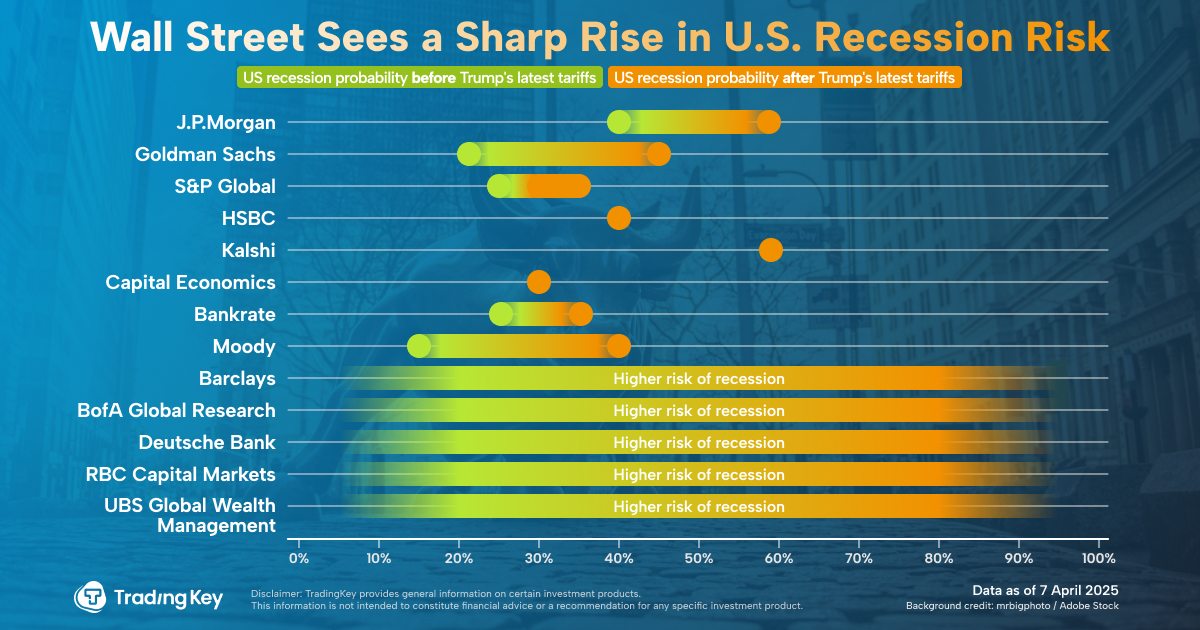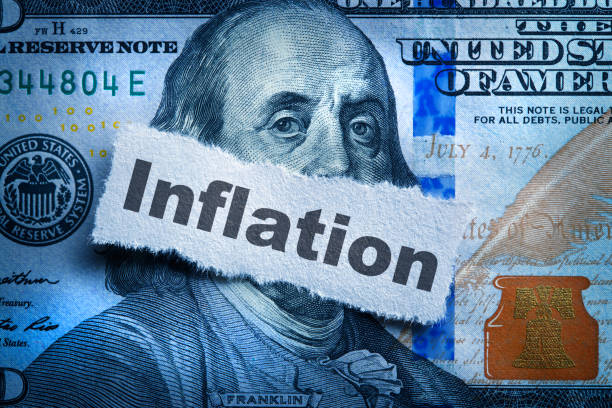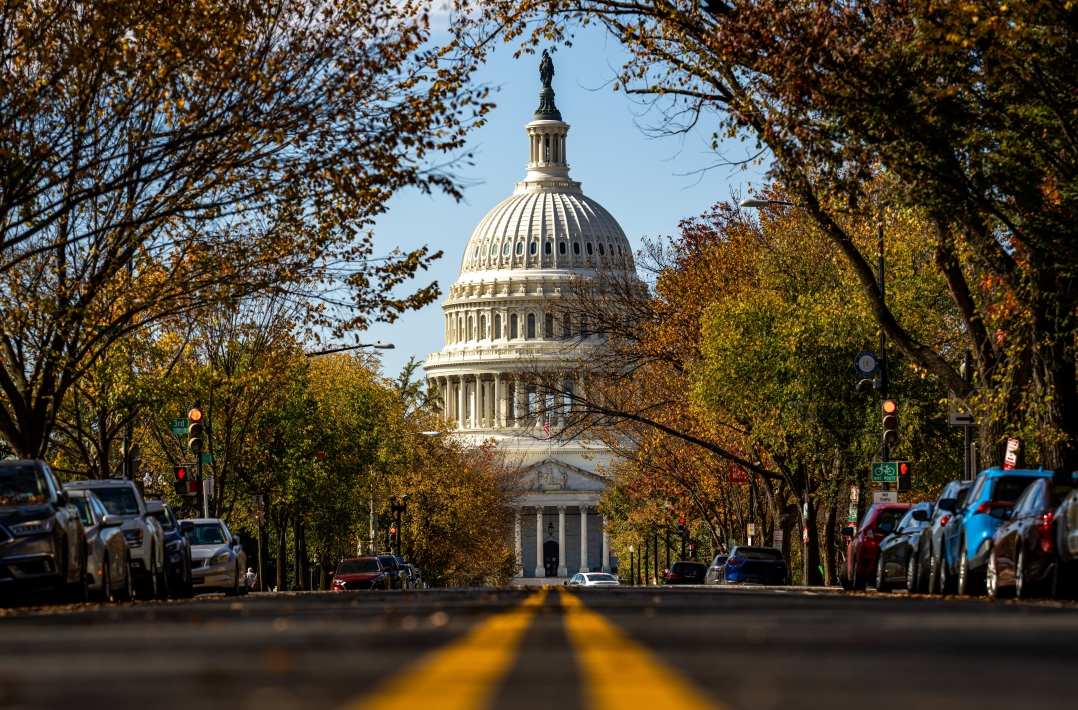What Are Basis Trades That Triggered the Bond Sell-off Storm? Is a U.S. Liquidity Crisis Imminent?


Introduction
TradingKey - U.S. Treasuries are traditionally viewed as a safe-haven asset, offering stability during stock market turbulence, economic uncertainty, and geopolitical conflicts. However, just ahead of the implementation of President Donald Trump’s reciprocal tariff policy, the U.S. witnessed a rare "double whammy", a simultaneous selloff in both risk assets and traditionally safe-haven Treasuries.
Such a collapse across both asset classes is highly unusual. In past crises—such as the 1987 stock market crash, the 1997 Asian financial crisis, the 2001 dot-com bubble burst, or the 2008 subprime mortgage meltdown—investors typically sought refuge in Treasuries, which rallied amid broader market stress.
Yet in moments of extreme panic, a "sell everything and hoard cash" mentality can override traditional market behavior, stripping Treasuries of their safe-haven appeal. This phenomenon was last seen in March 2020 during the early stages of the COVID-19 outbreak.
A key driver behind the latest Treasury market turmoil is the widespread use of highly leveraged "basis trades" by hedge funds. These complex arbitrage strategies have significantly amplified volatility and selling pressure. The April 2025 Treasury rout was no exception.
What Are Basis Trades?
In the bond market, the "basis" refers to the price difference between the spot price of a Treasury bond (its current market price) and the futures price ( the expected price at a future delivery date). This spread is influenced by interest rate expectations, funding costs, and various other market factors.
The precise formula for basis is:
Basis = Spot Price - (Futures Price × Conversion Factor)
To standardize futures contracts, a conversion factor is used to adjust for differences in bond maturities and cash flows. A positive basis indicates that the spot price exceeds the futures price, while a negative basis means the opposite.
Basis Trade is an arbitrage strategy that seeks to exploit small pricing discrepancies between Treasury spot and futures prices. Although the spreads involved are typically narrow, hedge funds—who are the main participants—amplify potential returns through the use of leveraged financing.
The strategy is based on predicting changes in the basis and capitalizing on temporary deviations to generate arbitrage profits.
Explanation | |
Arbitrage Opportunities | Arbitrage based on mispricing between spot and futures markets. |
Yield Curve Dynamics | Changes in the yield curve (normal or inverted) affect relative spot and futures prices. |
Funding Costs | If borrowing costs exceed coupon income, the basis may narrow; otherwise, it widens. |
Market Liquidity | Liquidity disparities cause basis fluctuations, such as premiums for scarce bonds or higher liquidity in futures. |
Mean Reversion | Spot and futures prices tend to converge, with the basis fluctuating around a mean. |
Hedging Needs | Institutional investors leverage futures to hedge interest rate risks while holding spot bonds. |
[Underlying Logic of Basis Trades, Source: TradingKey ]
Because of lower capital requirements and greater flexibility, risk-averse institutional investors such as pension funds and insurance companies often prefer trading Treasury futures over spot bonds. This preference usually results in futures prices trading at a premium to spot prices.
Thus, a common basis trade involves hedge funds buying spot Treasury bonds while simultaneously selling Treasury futures, profiting as the basis converges. Conversely, if spot prices are lower than futures prices, they buy futures and short spot bonds.
Normal vs. Inverted Markets
Based on the relationship between spot and futures prices, the U.S. Treasury market can be categorized into normal (positive carry) and inverted markets. Normal markets, which are more common, reflect carrying costs, while inverted markets typically arise during yield curve inversions or periods of heightened demand for spot bonds.
- Normal / Contango Market: Spot Price < Futures Price, Negative Basis
- Inverted / Backwardation Market: Spot Price > Futures Price, Positive Basis
Accordingly, basis trades are categorized into normal and inverted basis trades, essentially "buy low, sell high."
- Normal / Contango Basis Trade: If the basis is expected to widen, buy spot bonds and sell futures.
- Inverted / Backwardation Basis Trade: If the basis is expected to narrow, buy futures and sell spot bonds (e.g., short-selling).
For example, in a common contango market, assume that the spot price of a certain-term treasury bond is $100 and the futures price of the treasury bond is $102. At this time, the basis is 100 - 102 = -2. As time goes by and the futures contract approaches the expiration date, theoretically, the spot price will gradually converge to the futures price. In the case of an expected expansion of the basis, investors can make the following transactions:
- Establish a position: Buy treasury bond spot at $100 and sell treasury bond futures at $102.
- Basis convergence: The spot price of treasury bonds approaches the futures price of treasury bonds, for example, both are $101.
- Close the position: Sell the treasury bond spot at $101 and buy back the treasury bond futures at $101.
- Calculate the profit: The profit from the treasury bond spot is 101 - 100 = $1, the profit from the treasury bond futures is 102 - 101 = $1, and the total profit is $2.
In this simple example of a contango market, the profit of the basis trading comes from the increase in the spot price of treasury bonds and the decrease in the futures price. The underlying theory is the convergence characteristic of the spot and futures prices.
However, there are still risks in this seemingly stable basis trading: If market pressure causes the basis to expand further instead of converging, losses will occur; The funds used by hedge funds for this transaction often come from the repurchase market, and an unexpected spike in interest rates will increase the financing cost, which will erode the profit of the basis trading; In the case of insufficient liquidity, there are difficulties in the process of buying or selling positions.
Market Participants in Basis Trades
According to Kashyap et al. (2025), the primary participants in U.S. Treasury basis trades are asset managers, hedge funds, and broker-dealers.. Other key players include commercial banks, central banks, and quantitative algorithmic funds.
- Asset Managers
Pension funds, insurance firms, and bond funds typically hold large volumes of Treasury spot bonds. They engage in basis trades to optimize asset allocation and manage risk, often maintaining net long positions in Treasury futures. This demand drives up futures prices and creates arbitrage opportunities for others. - Hedge Funds
Hedge funds deploy sophisticated models to monitor basis fluctuations and capitalize on pricing inefficiencies. They frequently use leveraged financing—borrowing against Treasury collateral—to amplify arbitrage gains. - Broker-Dealers
These intermediaries act as market makers in both spot and futures markets. They quote prices, provide liquidity, and earn spreads through short-term arbitrage strategies, typically without taking directional risks.
Why Basis Trades Exacerbate Treasury Storms
Under normal conditions, basis trades are considered low-risk strategies. However, in times of market stress, they can become a source of instability, such as the U.S. Treasury crisis, where massive selloffs lead to soaring yields and plummeting prices.
CICC notes that hedge funds’ basis trades essentially short volatility bets. When volatility spikes, these trades must be unwound rapidly, triggering forced selling and further market dislocation.
Key vulnerabilities in the Treasury basis trade market include:
1.High Leverage in Hedge Funds
Hedge funds often finance spot bond purchases through the repo market while simultaneously shorting Treasury futures. With leverage ratios ranging from 50x to 100x, even minor volatility shocks can trigger cascading liquidation—known as hedge fund deleveraging—with the potential for systemic contagion and broader contagion.
Additionally, hedge funds' reliance on financing exposes them to margin calls or forced liquidations during turbulent times.
2.Limited Broker-Dealer Capacity
Broker-dealers temporarily absorb the positions, but their capital is stretched, across multiple roles, including market-making, repo intermediation, and proprietary trading. This limited capacity can lead to a sudden contraction in liquidity, heightening systemic risk.
3.Rising Treasury Supply
Research indicates that hedge funds' large holdings of Treasuries are not driven by bullish sentiment but by basis trades. For every 100 billion in new Treasury issuance, approximately 5 billion in hedge fund short positions in Treasury futures are created.
As of April 2025, the IMF estimates suggest that the total value of hedge fund basis trades may reach $1 trillion.
Why Did Trump’s Reciprocal Tariffs Trigger a Treasury Crisis?
In early April 2025, just days before President Trump’s reciprocal tariffs were scheduled to take effect, the Treasury market experienced a sharp collapse. Analysts cited a crisis of confidence in the U.S. dollar, surging long-term inflation expectations, and weak demand at Treasury auctions. The most direct manifestation of this stress was the forced unwinding of highly leveraged basis trades.
Trump’s tariffs—reported as the highest tax rates in over a century—sparked widespread panic and a "sell everything" mentality. According to Citibank, the Treasury rout may indicate a regime shift in which Treasuries no longer function as a global safe haven.
Zero Hedge reported that trillions of dollars in basis trades were unraveling, with hedge funds and banks rushing to exit positions. Systemic liquidity was deemed insufficient, and the resulting shock rippled through across markets: stock market crashes, bond selloffs, and forex flight-to-safety.
Treasury Storm and Liquidity Crisis
As the world’s largest and most liquid bond market, the stability of U.S. Treasuries underpins the global financial system. During the COVID-19 pandemic in 2020, a surge in basis trades forced the Federal Reserve to intervene aggressively to prevent broader market collapse. Although volumes temporarily declined post-pandemic, they rebounded in 2023 amid rising interest rates and ballooning U.S. debt issuance, reaching record highs.
Regulators and financial experts have since raised alarms about the growing scale of basis trades.
CICC warns that high hedge fund exposure, elevated corporate bond valuations, concentrated maturities, and low liquidity in the Fed’s overnight reverse repo facility could intensify future shocks.
While the Treasury market is one of the deepest and most liquid globally, it can still face liquidity crunches under certain conditions:
- March 2020 Liquidity Crisis: The global panic triggered by the COVID-19 outbreak led to widespread asset sales and a flight to cash. Emerging markets liquidated Treasuries to build reserves, collapsing basis trades and driving down bond prices. The 10-year yield spiked from 1% to 1.18% in early March. The Fed responded with unlimited QE.
- September 2019 Repo Market Crisis: Corporate tax payments increased, and Treasury issuance drained bank reserves. Regulatory constraints prevent banks from fully intermediating in the repo market, causing short-term repo rates to spike to 10%. The Fed was forced to restart overnight repo operations and expand its balance sheet.






